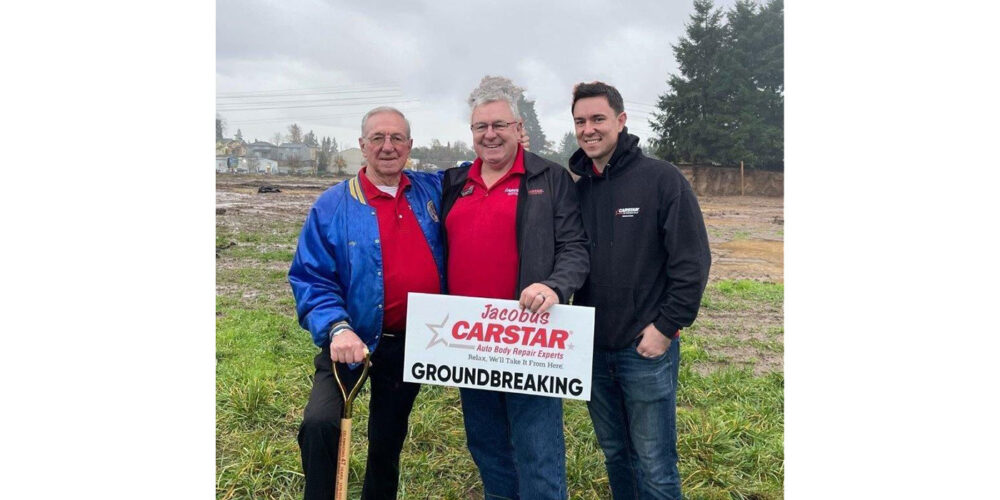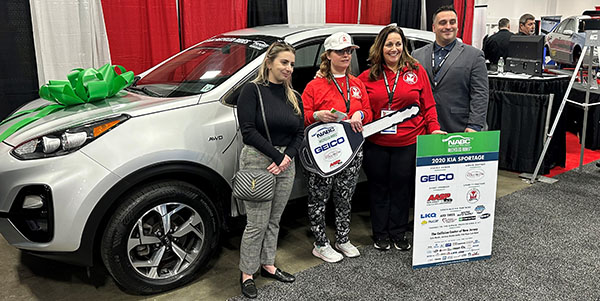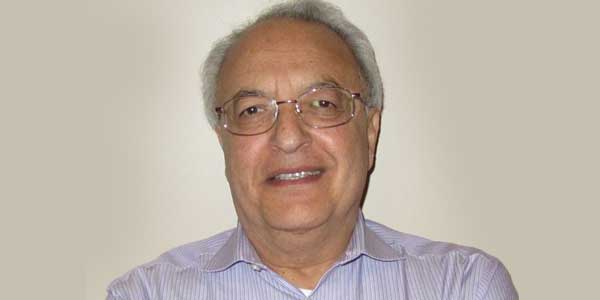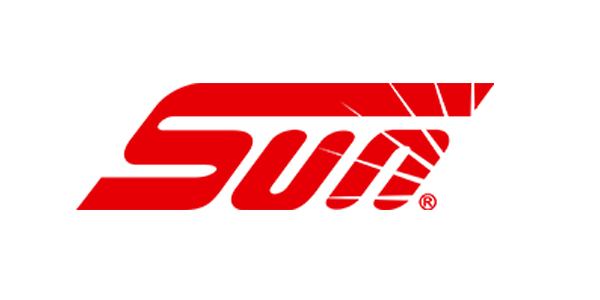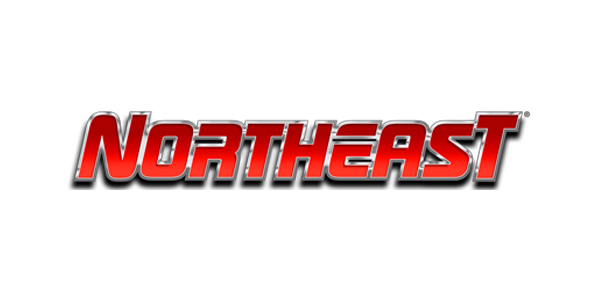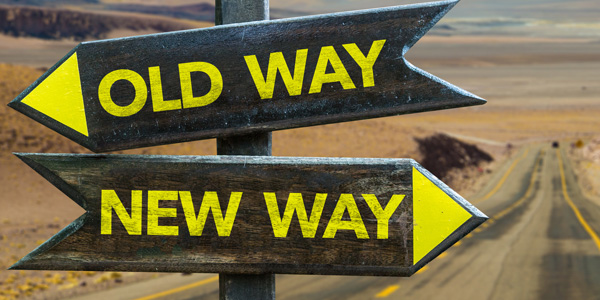
A March 17 panel discussion on OEM certification touched on the elephant in the room for the auto body industry: the disparity between shops that have invested in the training, tooling and equipment to perform proper repairs on today’s vehicles, and those that haven’t.
“There are a couple hundred really good shops in this country,” said Aaron Clark, vice president and general manager for the Assured Performance Network, which administers the certification programs for Fiat Chrysler, Ford, Hyundai, Infiniti, Kia and Nissan. “The next 200 are half as good as the first 200. The next 400 are half as good as the first 400. When you start scaling a [certification] program out over a thousand or several thousand shops, we’re moving into the average shop world – and it is a completely different body shop, a completely different process.”
Clark was one of six panelists on hand at the Meadowlands Exposition Center to talk about what it takes to attain and maintain OEM collision repair certification. The panel discussion was part of the Washington Metropolitan Auto Body Association’s Collision P.R.E.P. track at NORTHEAST 2018.
“There is a huge gap out there, and there is a lot of room for improvement,” Clark said. “You have to get there. It is your time to start making an investment in the training, the tooling and the equipment if you’re even going to be in the mainstream [OEM] programs. The industry landscape is changing.”
Investing in training and equipment is only half the battle, though.
“If your team isn’t passionate about [certification], if you don’t have a culture of learning and you don’t remain a perpetual student, this is going to be a very difficult endeavor for you,” said Barry Dorn, owner of Dorn’s Body & Paint in Mechanicsville, Va. “It’s a culture shift.”
Mark Allen, collision programs and workshop equipment specialist for Audi of America, called it “a total mindset shift.”
“It’s not just a change in the shop – it’s a change in the front end,” Allen said. “It’s a change in the way you do business, the way you do your blueprinting, the way you do your estimating, the way you do your parts procurement.”
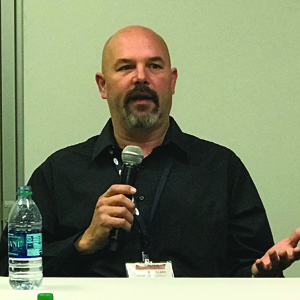
The panelists noted that vehicle technology is changing so quickly and dramatically that shops – whether they’re certified or not – will need to continually update their training and equipment to stay current. Dave Gruskos, president of Reliable Automotive Equipment, asserted that Audi’s product pipeline in Europe “makes it look like we’re all living in the stone ages.”
With change coming at such a furious pace, shops that don’t change the way they do business could be left in the dust.
“There’s the shop owner who’s making a great living and buying himself his waterfront home in some beach community or buying himself a big boat,” Gruskos said. “And then there’s the shop owner who’s investing it all back into his business. … You have to do something very similar to that right now.”
Larry Montanez, co-owner of P&L Consultants, estimated that shops pursuing aluminum or hybrid certification for the first time might spend $250,000 on tooling and equipment to get up and running. But he lamented that “most shops can’t repair steel cars properly,” because they don’t even have the right equipment for that.
“Your 1974 purchase of a frame machine from your father who you inherited the shop from is not cutting it anymore,” Montanez said.
Nor is the mindset that, “I’ve been doing it this way for 20 years so I know what I’m doing,” Dorn added.
“A wise man once told me, ‘Have you done it for 20 years, or did you do it one year and replicate that for 20 years?’” Dorn said. “Because that’s what most people do – they learn it one way and they continue on.”
He called that mindset “the cancer” of progress in the industry.
“We all have to [keep learning],” Dorn said. “It’s never a destination. It’s a journey. It will never stop.”





